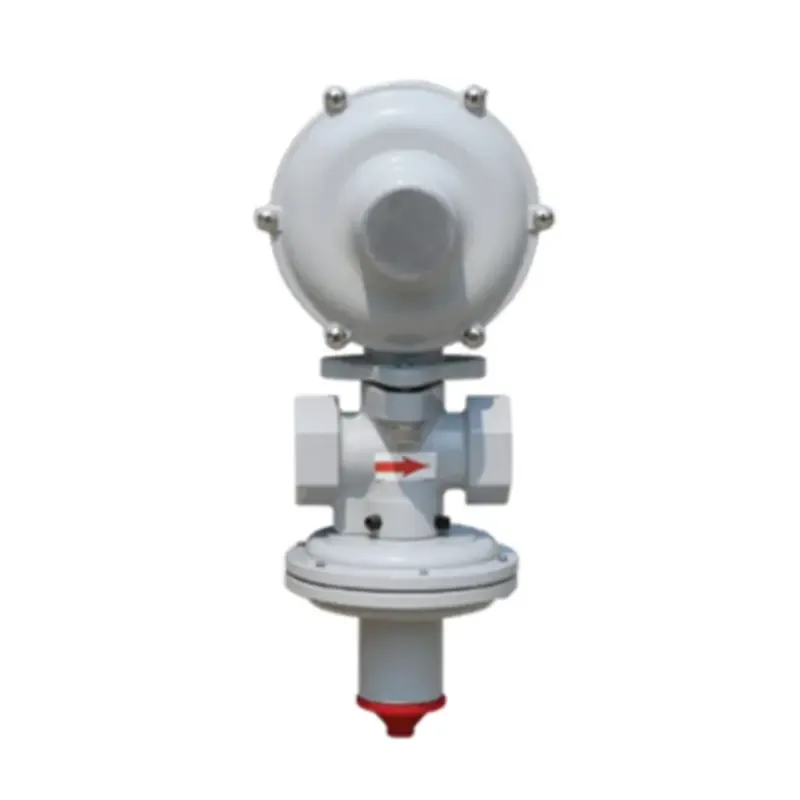
Aug . 15, 2024 03:47
Back to list
Exploring the Importance of Pressure Reduction Devices in Industrial Applications and Safety Measures
Understanding Pressure Reducing Valves Mechanisms and Applications
Pressure reducing valves (PRVs) are crucial components in various fluid systems, commonly used in water supply networks, heating systems, and industrial processes. Their primary function is to reduce the incoming pressure of a fluid to a designated level, thereby ensuring safety, enhancing performance, and maintaining the integrity of the system.
How Pressure Reducing Valves Work
At the core of a pressure reducing valve lies a simple yet effective mechanism. When high-pressure fluid enters the valve, it encounters a diaphragm or piston connected to a spring. This spring is pre-set to maintain a specific downstream pressure. As the fluid flows through the valve, it lifts the diaphragm against the spring tension, which controls the size of the opening through which the fluid passes. The balance between the fluid pressure and the spring force determines the flow rate and pressure on the downstream side.
.
Applications of Pressure Reducing Valves
مخفض الضغط

PRVs find applications in various sectors, each benefiting from their pressure regulation capabilities. In residential and commercial water supply systems, they protect plumbing fixtures from damage caused by high pressure, thus extending the lifespan of pipes and faucets. In irrigation systems, they ensure that water is delivered at a consistent pressure, aiding in efficient water usage and conservation.
In industrial settings, PRVs play a critical role in controlling process pressures for operations such as chemical manufacturing and food processing. These industries often require precise pressure settings to ensure product quality and safety. Additionally, in steam systems and heating applications, PRVs help maintain the necessary pressure for effective heat transfer, contributing to energy efficiency and reducing operational costs.
Benefits of Using Pressure Reducing Valves
Implementing PRVs in a fluid system offers several advantages. Firstly, they enhance safety by reducing the risk of pipe bursts and equipment failures due to excessive pressure. Secondly, they contribute to energy efficiency by optimizing the operating conditions of pumps and other equipment, potentially lowering energy costs. Lastly, by maintaining consistent pressure, PRVs improve the performance and reliability of the overall system, resulting in increased productivity.
Conclusion
In conclusion, pressure reducing valves are invaluable assets in both residential and industrial applications. Their ability to regulate and stabilize fluid pressure enhances safety, efficiency, and overall system performance. As technology and design improve, the role of PRVs will continue to expand, especially in the context of sustainable development and resource management. Understanding their functionality and applications can help engineers and operators make informed decisions to optimize their fluid systems, ensuring reliability and efficiency for years to come.
Latest news
-
Safety Valve Spring-Loaded Design Overpressure ProtectionNewsJul.25,2025
-
Precision Voltage Regulator AC5 Accuracy Grade PerformanceNewsJul.25,2025
-
Natural Gas Pressure Regulating Skid Industrial Pipeline ApplicationsNewsJul.25,2025
-
Natural Gas Filter Stainless Steel Mesh Element DesignNewsJul.25,2025
-
Gas Pressure Regulator Valve Direct-Acting Spring-Loaded DesignNewsJul.25,2025
-
Decompression Equipment Multi-Stage Heat Exchange System DesignNewsJul.25,2025

